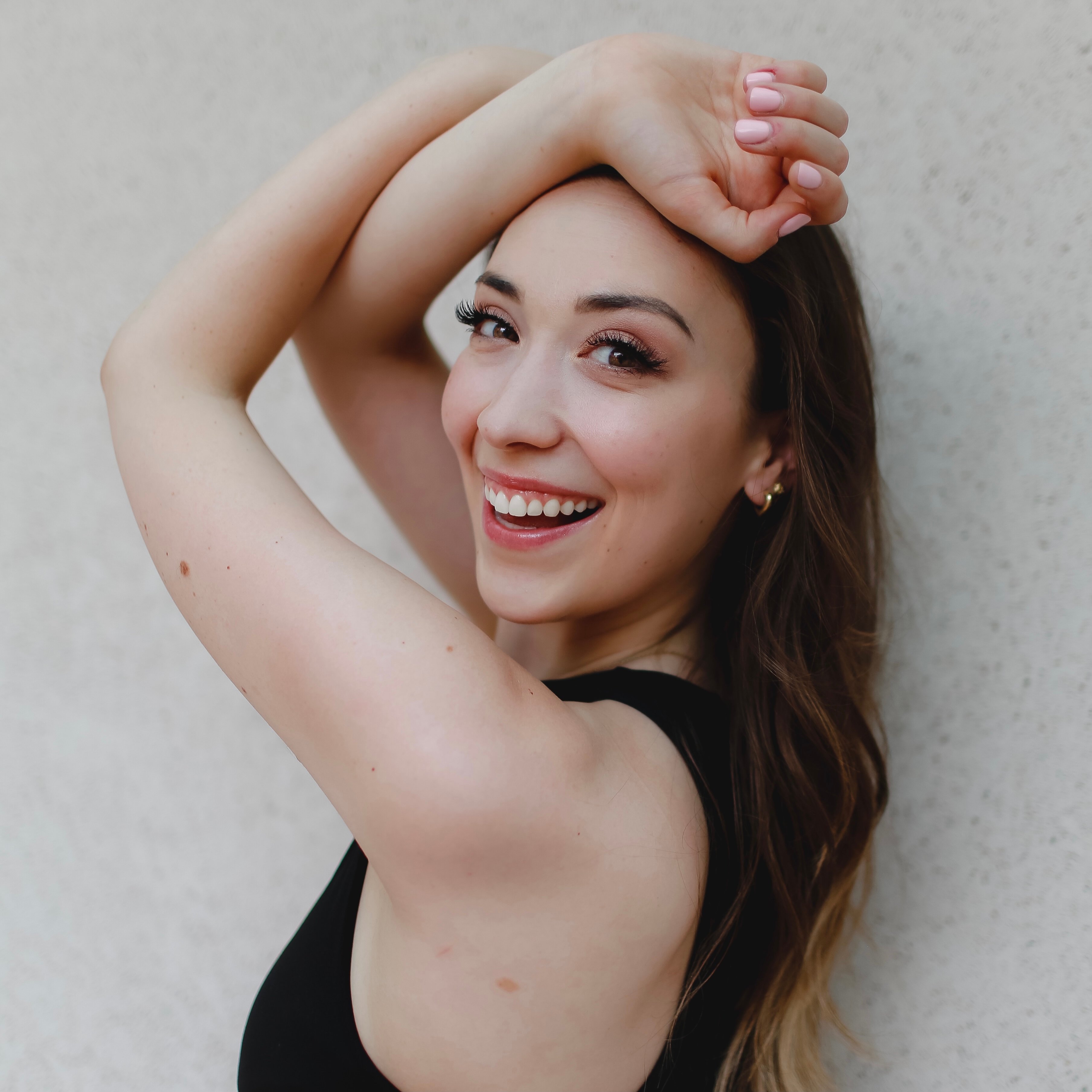Ahh, a ballroom topic that we all know we need to address at some level in our dancing, but may be afraid to venture into. We're breaking down the basics in our quest to de-mystify ballroom musicality and (hopefully) make it more accessible to dancers at all levels.
As professional dancers and not professional musicians, we understand that these terminologies can differ from other art forms.

Vocab Lesson
Before breaking down the basics of ballroom musicality, let us ensure we're all on the same page with some musical vocabulary.
Beat: a musical unit of time. At your first dance lesson, or as you approached new styles, you may have been asked to clap or stomp to the beat to ensure you were hearing the measurable aspect of the music.
Measure (Bar): a grouping of beats, a digestible section of music that helps dancers and musicians understand the beat value. This changes depending on the dance - for example, a measure in Waltz is "1, 2, 3", whereas a measure in Cha Cha is "1, 2, 3, 4".
Phrase: a grouping of measures. When you listen to a song on the radio, the music is likely broken down into phrases corresponding with sections of lyrics and choruses. Multiple beats make up a measure, and various measures make up a phrase.
Beat Value: in music, notes are broken down by whole, half and quarter. As dancers, we frequently use syncopated actions to break down beats. A great example of this is Cha Cha. The beats "2 - 3" represent whole beats, whereas "4 and 1" represent a half, half and whole beat value.
Syncopation: breaking apart a beat to achieve more steps of rhythmical actions within a particular time signature. Think of the example above, a whole beat can be broken down and syncopated as a "half, half" or "4 and 1".
Counting - harder than you think

If you grew up dancing, maybe as a ballerina, jazz, or hip hop dancer, you likely have a basic understanding of "counting" music or what we call, finding the beat. Ballroom differs from other styles of dance in many ways, one being that we frequently are required to dance to music representing a variety of rhythms and time signatures.
As music and dance have influenced each other over the ages, certain dance styles were developed to represent a particular indication of rhythm. Each Dance Vision manual breaks down in detail each dance's time signature and unique musical inclinations. From a fundamental standpoint, a Waltz has a 3/4 time signature, meaning that they are counted "1 2 3, 1 2 3". Many other dances are a 4/4 time signature but vary in tempo, rhythm, and musical accents. Believe it or not, Quickstep and Samba are both 4/4 time signatures but are danced very differently.
What came first?
Dance and music are indeed a chicken and egg dilemma. Some art historians tell stories of dances such as the Cha Cha that were born out of other dances. According to many, the Rumba, popularized in Cuba and Latin America, was danced in the clubs and streets during late-night parties. As musicians heard the raspy sounds of shoes articulating with dirt and sand on the ground, they replicated these songs throughout their music. This turned into a new dance style, and dancers were forced to syncopate the Rumba rhythm to keep up with a faster tempo - from there, the Cha Cha was born.

Practice Makes Perfect
Like any aspect of dance, familiarizing ourselves with musicality takes practice. Queuing your music service to shuffle and counting along to any song you hear is a great place to start. Once this feels comfortable, identify what dance you hear in the music. Eventually, ask yourself what other dances you hear in the same song. Another great way to practice musicality is to put on a song you are familiar with on and break down what instruments you hear, listening for various rhythms, beats and accents. Eventually try practicing your routine with a specific energy towards those separate instruments, rhythms, beats or accents. Then, dance the same dance again, this time working with a new sound/instrument. The possibilities are endless!

When I move, you move
The magic of music and dance exists when we create a space for two art forms to coexist and build upon each other. Invite a musician friend next time you go social dancing, or check out the local music scene in your area one weekend. These might be just the mashups you were searching for to find some musical inspiration to enlighten your dance journey. Happy dancing!


